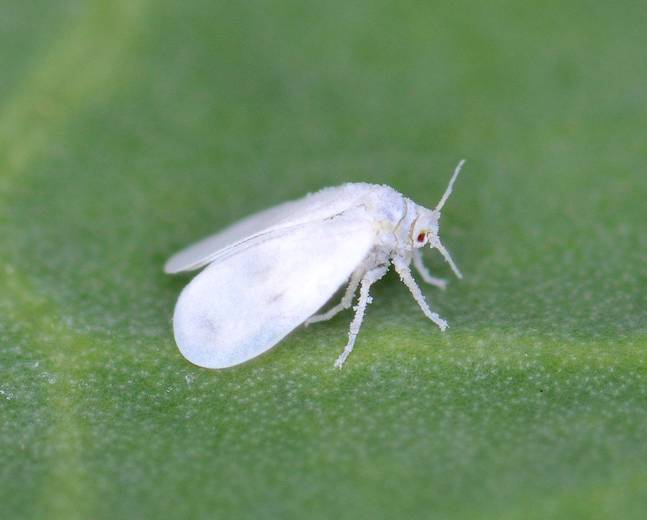Houseplants bring life and beauty to our homes, but sometimes they can also attract unwanted visitors like white flies. These tiny, winged insects may seem harmless at first, but their presence can quickly escalate into a full-blown infestation that wreaks havoc on your beloved indoor garden. To maintain the health and vitality of your houseplants, it is crucial to address white flies promptly and effectively. In this article, we will explore the nature of white flies, their impact on plants, and provide practical strategies to deal with these pesky pests.
Table of Contents
Understanding White Flies
White flies (Trialeurodes vaporariorum) are small, winged insects that belong to the Aleyrodidae family. They are commonly found on indoor and outdoor plants, especially during warm weather. These tiny creatures measure around 1/16 inch (0.15 centimetres) in length and have powdery white wings, which give them their distinctive appearance.
Signs and Impact of White Fly Infestation
Identifying the signs of a white fly infestation is crucial for effective pest management. Look out for the following indications:
- Sticky Residue: White flies secrete honeydew, a sticky substance that can accumulate on leaves, leading to a shiny, sticky appearance.
- Yellowing Leaves: Infested plants often exhibit yellowing or wilting leaves, which can indicate nutrient deficiency caused by the feeding activity of white flies.
- Sooty Mold: The honeydew excreted by white flies can promote the growth of black sooty mold on plant surfaces, further impairing photosynthesis.
- White Fly Presence: Observe the undersides of leaves for clusters of tiny, white, moth-like insects when checking for white flies.
Prevention Measures
Preventing white flies from infesting your houseplants is the first line of defense. Implement the following preventive measures:
- Quarantine New Plants: Isolate newly purchased plants for a few weeks to ensure they are free of pests before introducing them to your existing collection.
- Maintain Proper Plant Health: Healthy plants are better equipped to resist pests. Provide optimal growing conditions, including adequate light, proper watering, and appropriate nutrition.
- Regularly Inspect Plants: Conduct routine inspections to detect early signs of infestation. Examine the undersides of leaves and closely monitor any changes in plant appearance.
- Introduce Beneficial Insects: Encourage natural predators like ladybugs, lacewings, and parasitic wasps that feed on white flies. Release them in your garden or purchase them from local nurseries.
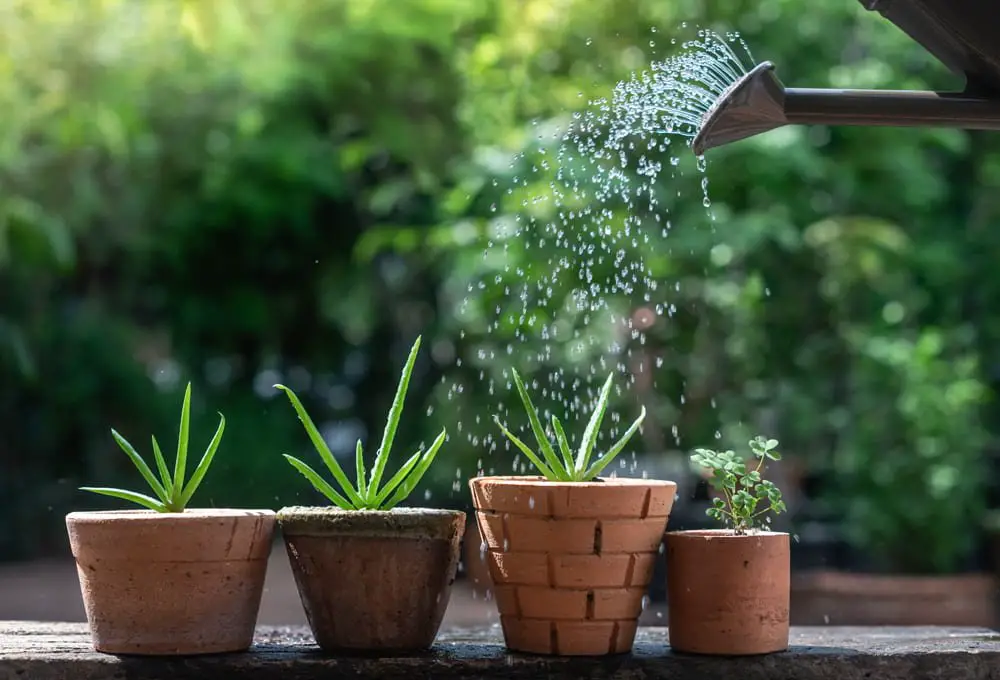
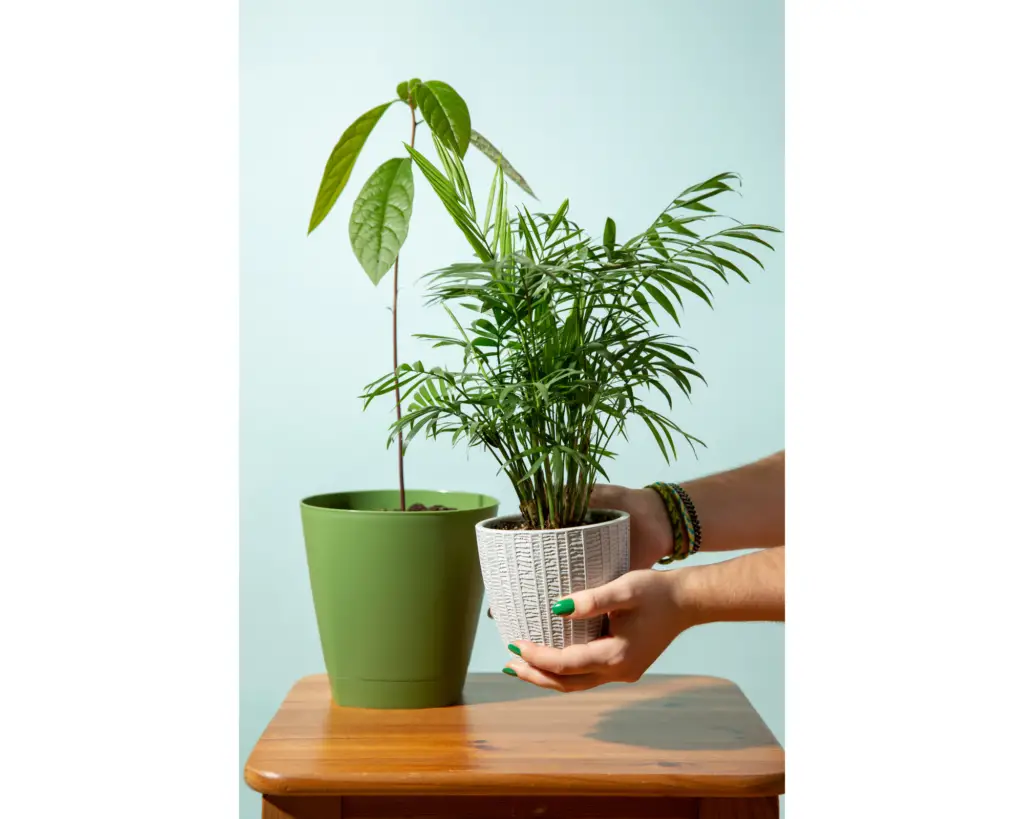
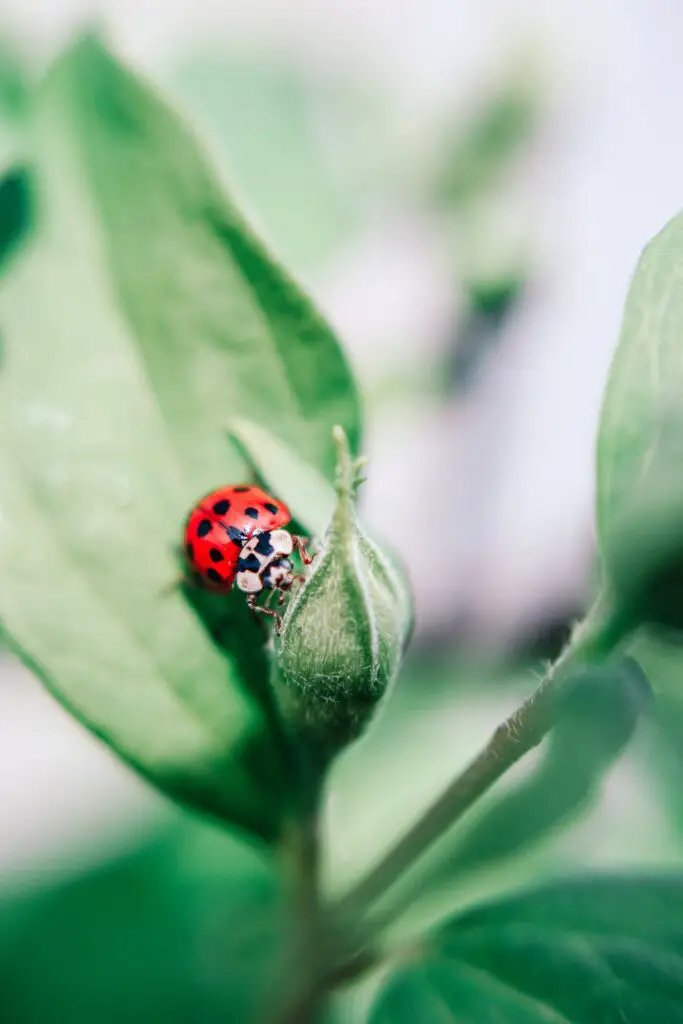
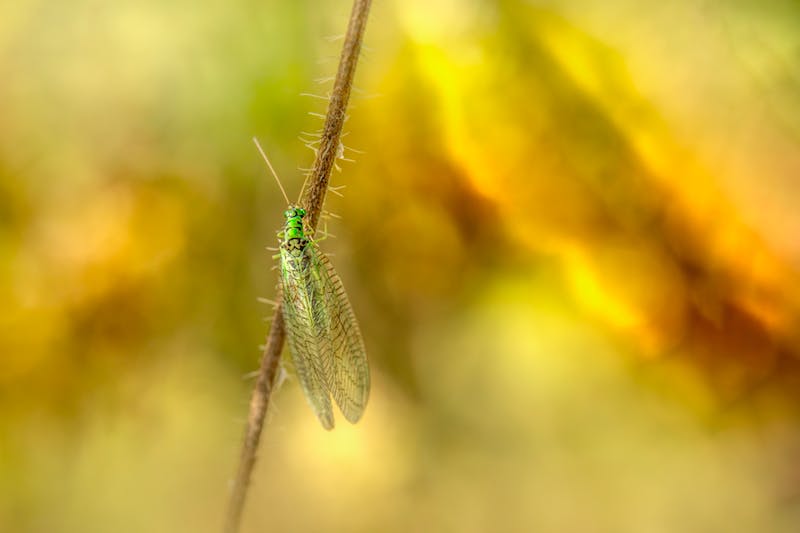
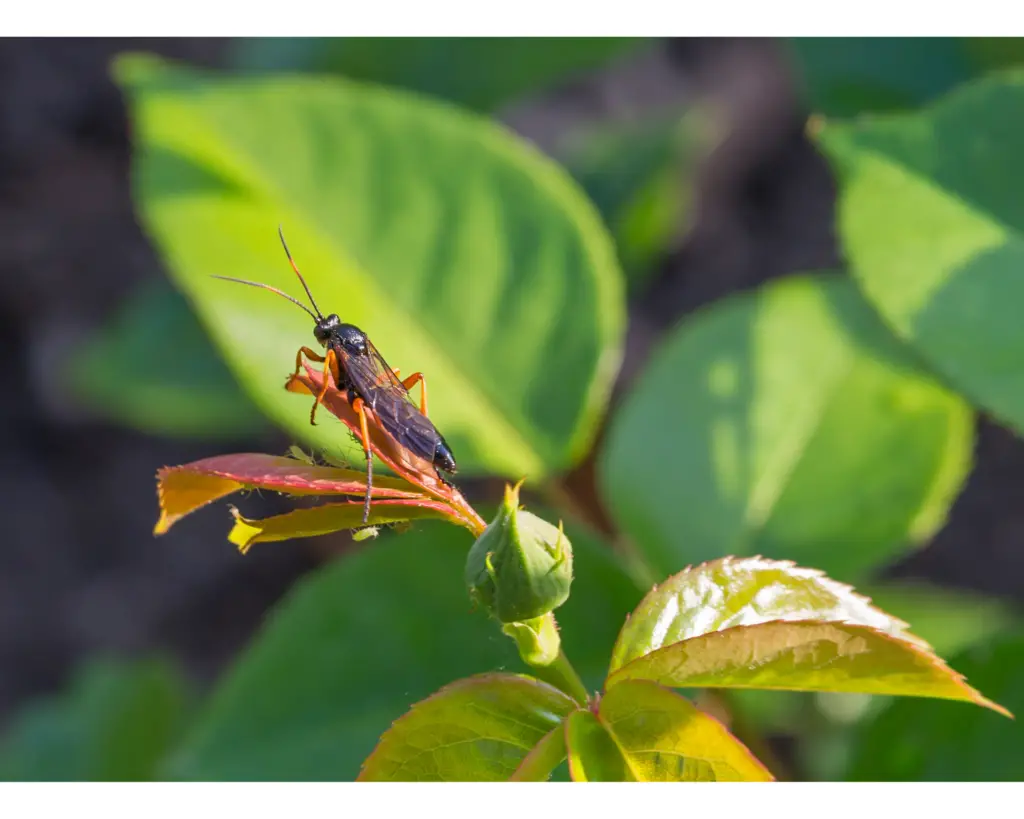
Natural Remedies for White Fly Control
When faced with a white fly infestation, it’s essential to consider natural remedies before resorting to chemical treatments. Here are some effective methods:
Sticky Traps: Hang yellow sticky traps near infested plants to capture adult white flies. These traps are coated with a sticky substance that traps the insects upon contact.
- Water Sprays: Blast white flies off the plants by using a strong jet of water. Regularly spray affected plants to dislodge and discourage the pests.
- Neem Oil: Apply neem oil, a natural insecticide derived from the neem tree, on infested plants. The oil disrupts the life cycle of white flies and acts as a deterrent.
- Insecticidal Soap: Use an insecticidal soap solution to coat the leaves, suffocating and killing the white flies upon contact. Follow the instructions on the product label for proper usage.
- Essential Oils: Certain essential oils, such as peppermint, rosemary, and eucalyptus, can repel white flies. Dilute a few drops of the chosen oil in water and spray it on the leaves of infested plants. Remember to test a small area of the plant first to ensure it does not cause any adverse reactions.
- Homemade Remedies: Create your own natural white fly control remedies. For example, a mixture of equal parts water and dish soap can be used to create a soapy water spray. Spray it on the affected leaves to suffocate the white flies.
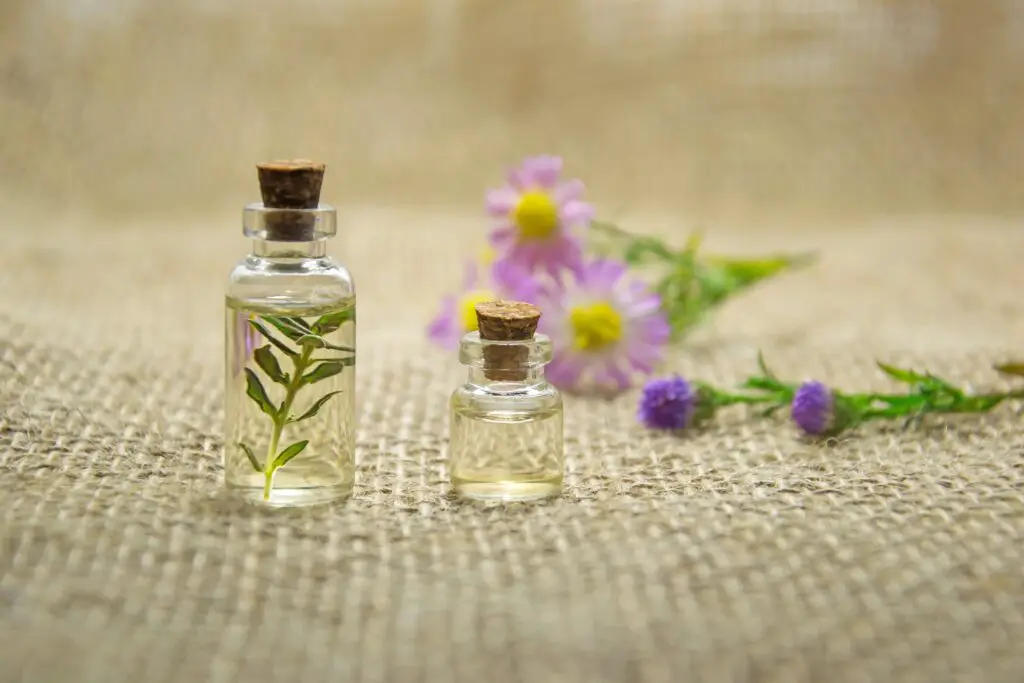
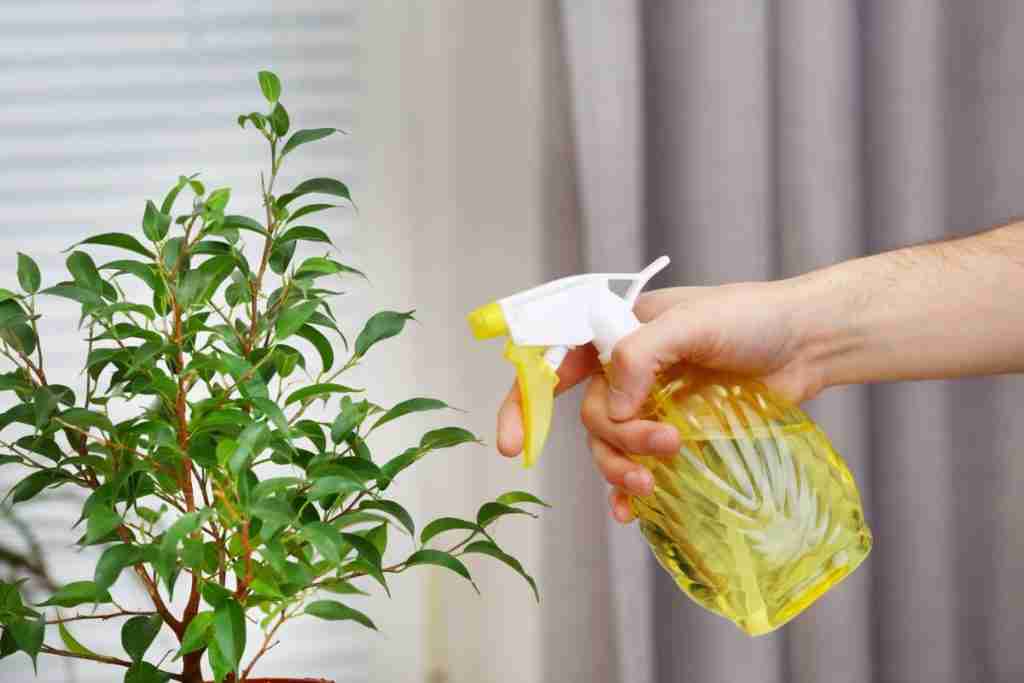
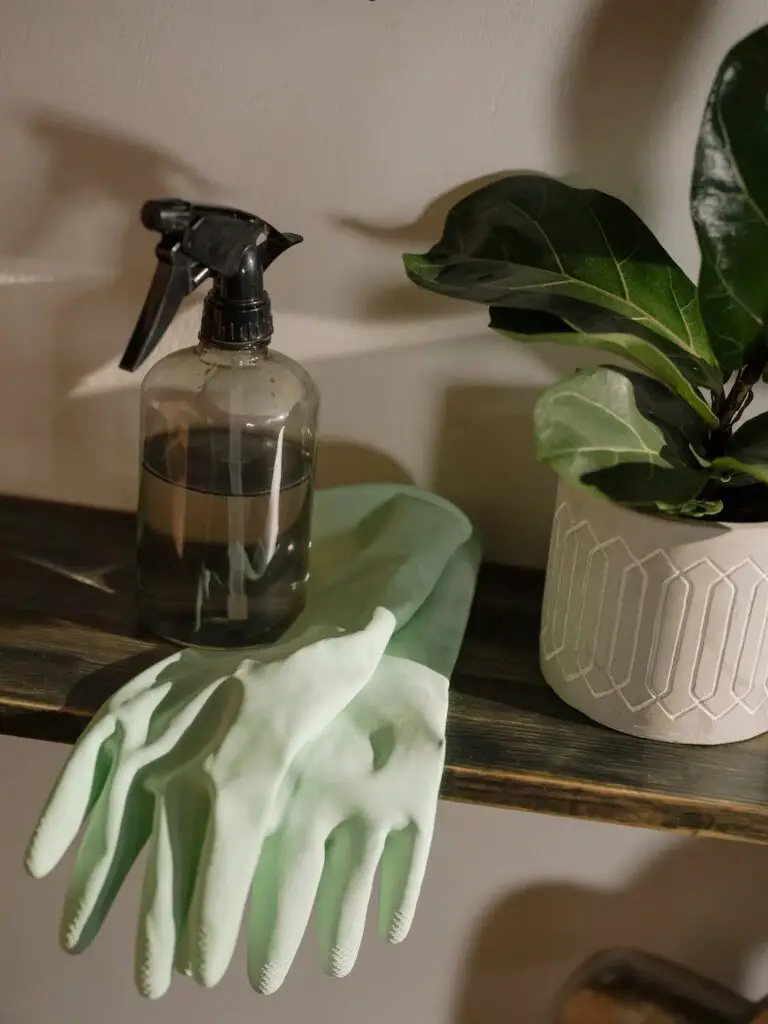
Biological Controls
Biological controls involve using living organisms to combat white flies. These methods can be highly effective and environmentally friendly:
- Encourage Predatory Insects: Introduce or attract natural predators of white flies, such as ladybugs, lacewings, and parasitic wasps, into your garden. These beneficial insects feed on white flies, helping to control their population.
- Nematodes: Beneficial nematodes, microscopic roundworms, can be applied to the soil to target white fly larvae. These nematodes seek out and destroy the larvae, reducing the future population of white flies.
Chemical Treatments
If natural remedies and preventive measures fail to control the white fly infestation, chemical treatments can be considered. However, it is important to use them judiciously and follow the instructions carefully:
- Insecticidal Sprays: Use insecticides specifically formulated for white fly control. Choose products with active ingredients like pyrethrin or imidacloprid. Apply the insecticide according to the instructions, focusing on the undersides of leaves where the white flies congregate.
- Systemic Insecticides: Systemic insecticides are absorbed by the plants and transported through their tissues, making them an effective long-term solution. However, exercise caution when using systemic insecticides, as they can also harm beneficial insects.
Post-Treatment Measures
After implementing control measures, it’s crucial to monitor the situation and take additional steps to prevent re-infestation:
- Maintain Plant Hygiene: Remove and dispose of heavily infested leaves or plants to prevent the spread of white flies. Regularly clean up fallen leaves and debris around your plants, as they can harbor pests.
- Monitor and Repeat: Continuously monitor your plants for any signs of white fly resurgence. If necessary, repeat the chosen control methods to ensure complete eradication.
Conclusion
White flies can be a formidable challenge for houseplant enthusiasts, but with the right strategies and persistence, you can effectively manage and control their population. By implementing preventive measures, utilising natural remedies, and considering biological controls, you can minimise the need for chemical treatments and maintain the health and beauty of your houseplants. Remember, regular monitoring and prompt action are key to successfully dealing with white flies. With patience and dedication, you can win the battle against these pesky pests, ensuring a thriving indoor garden for years to come.

